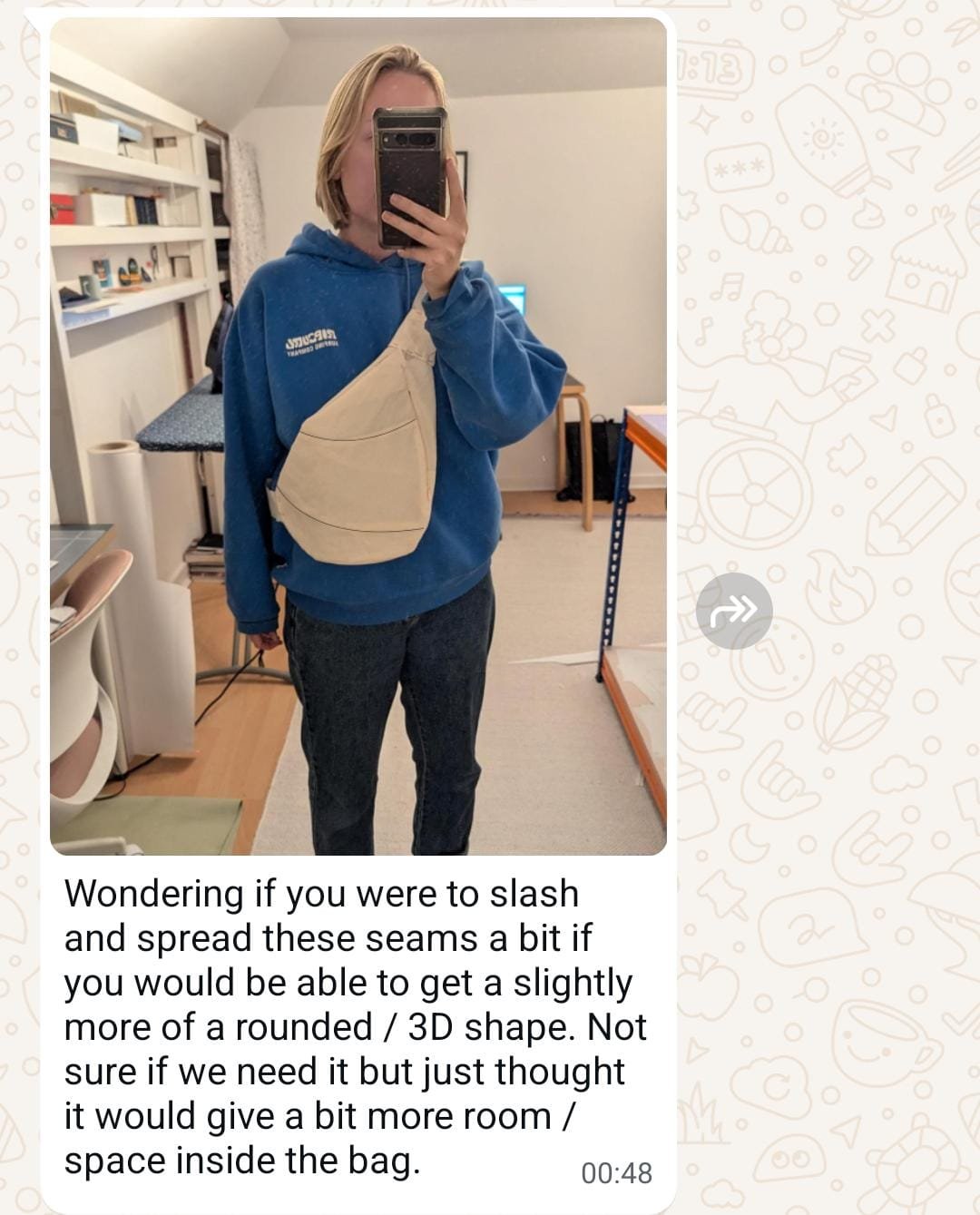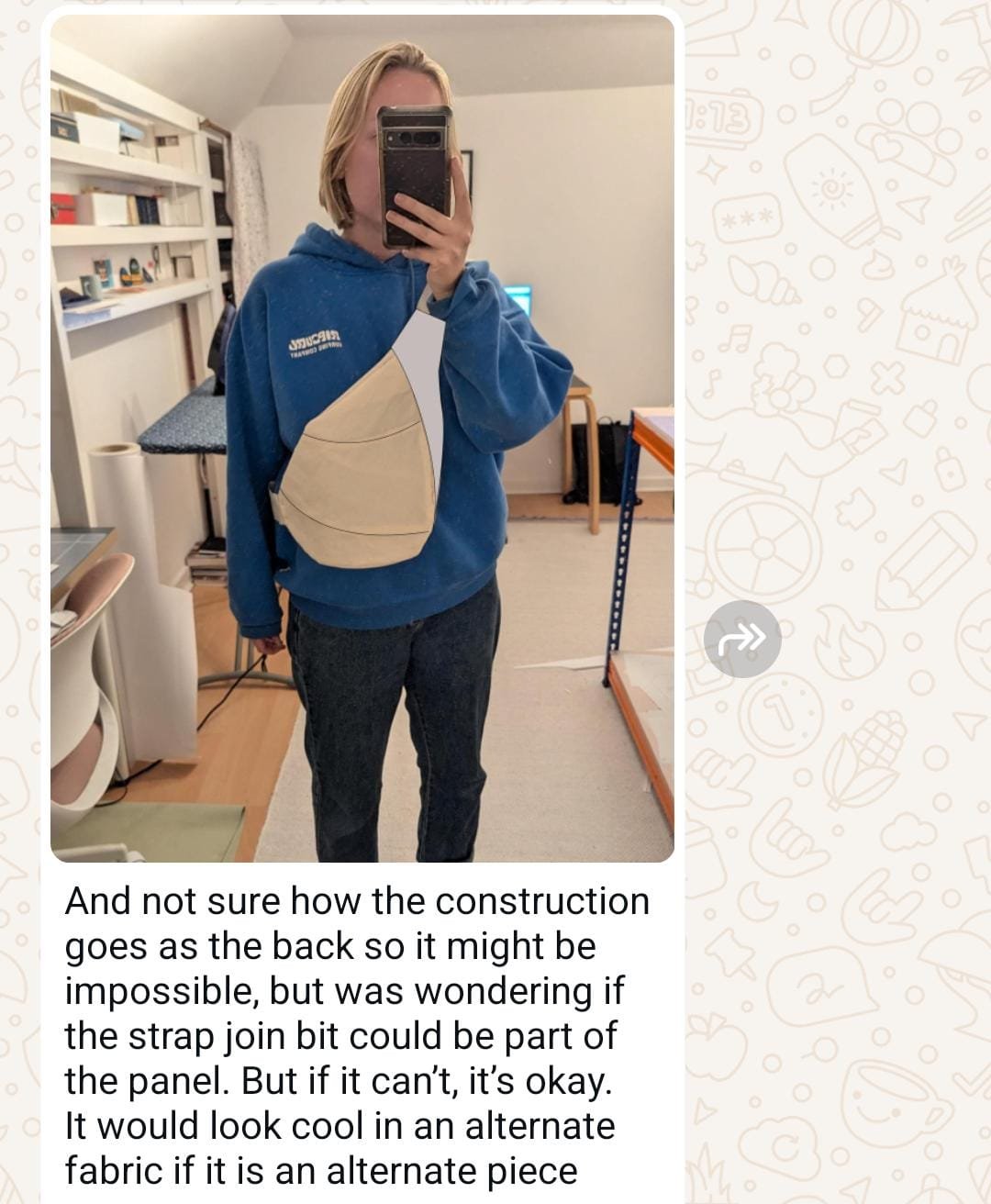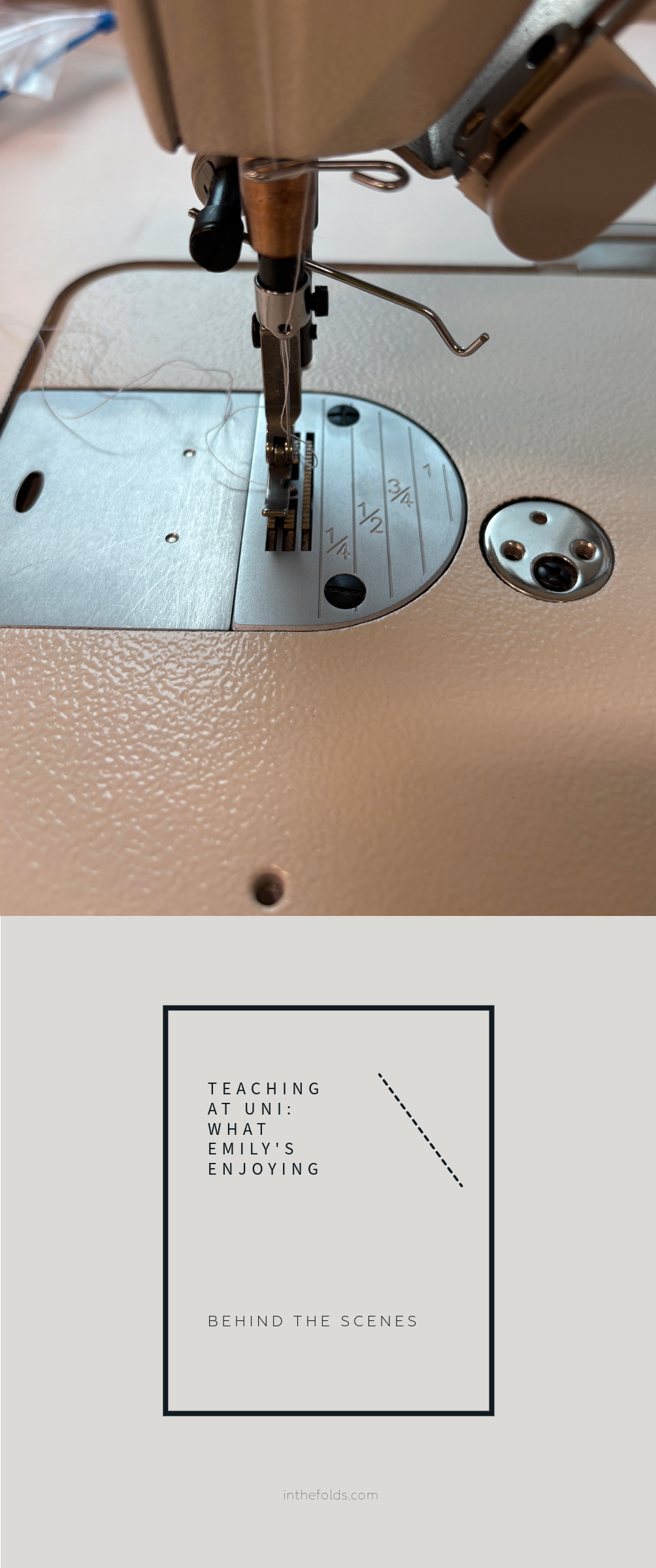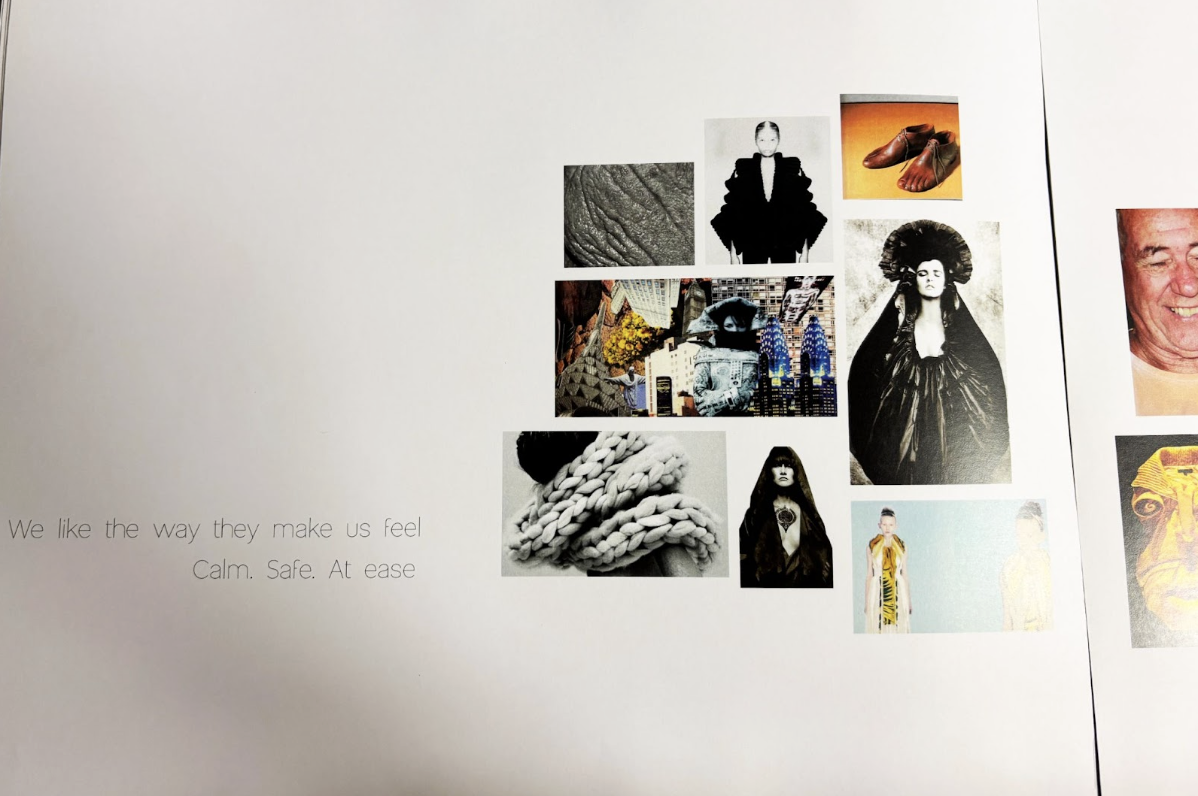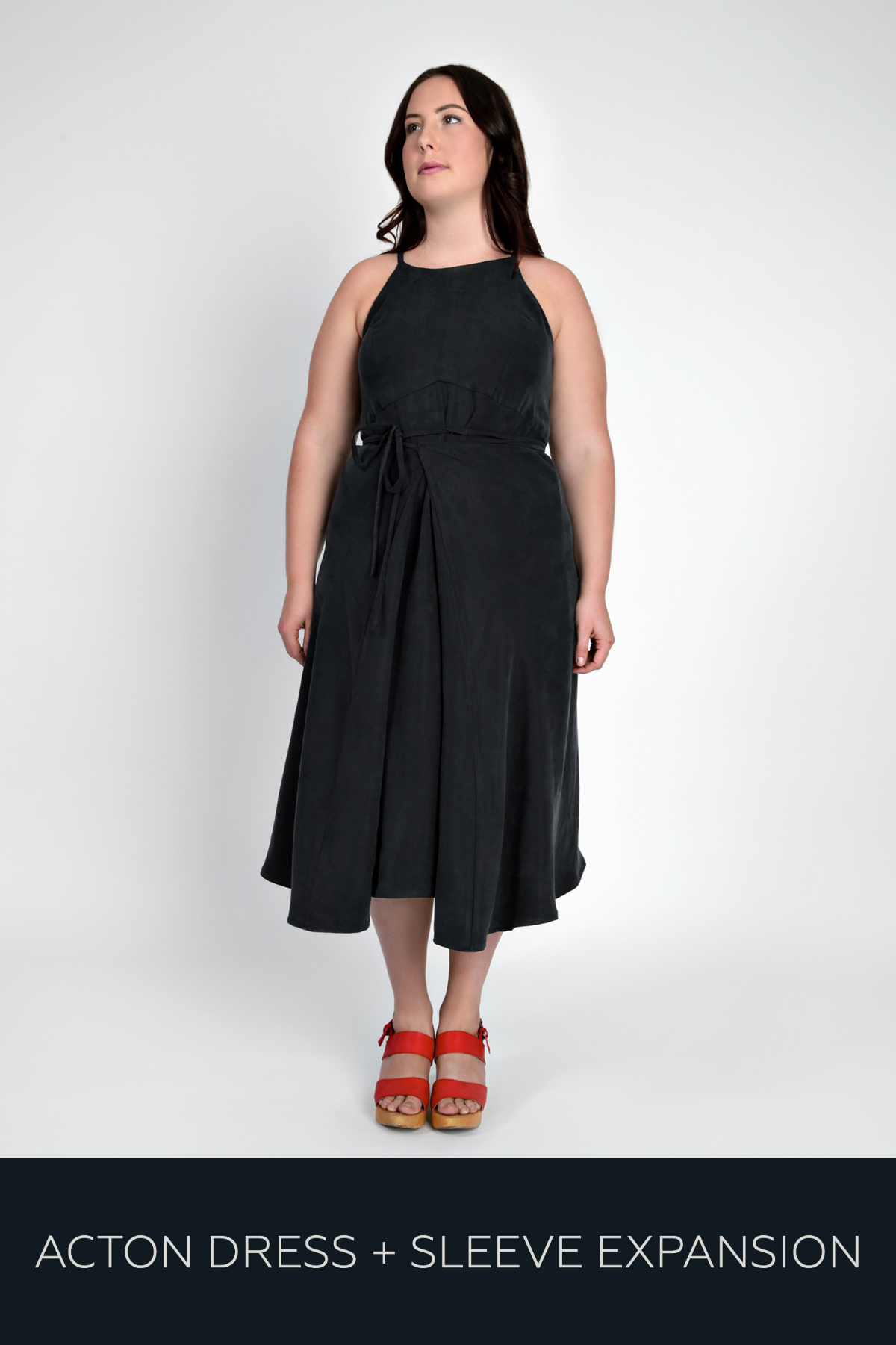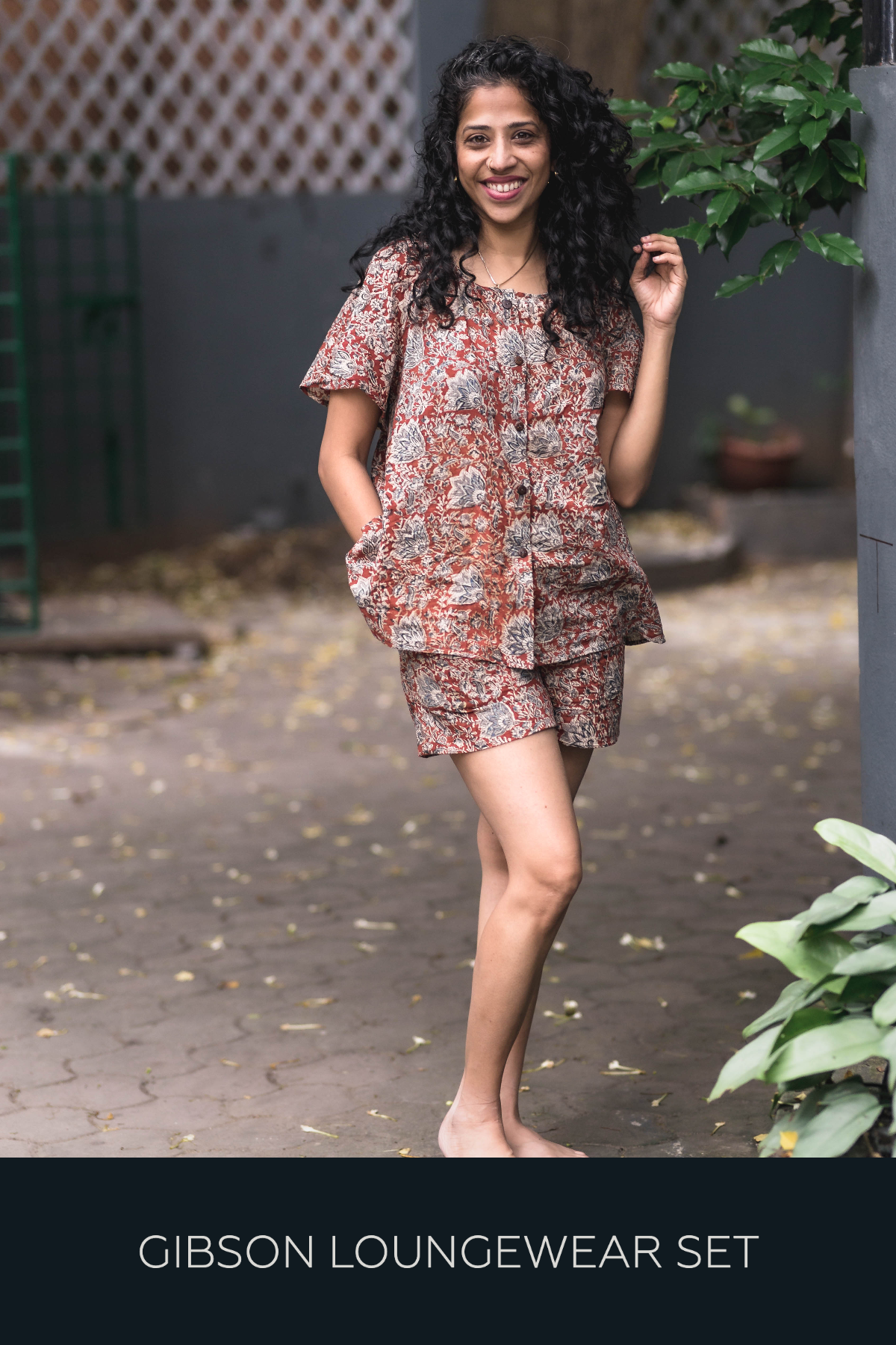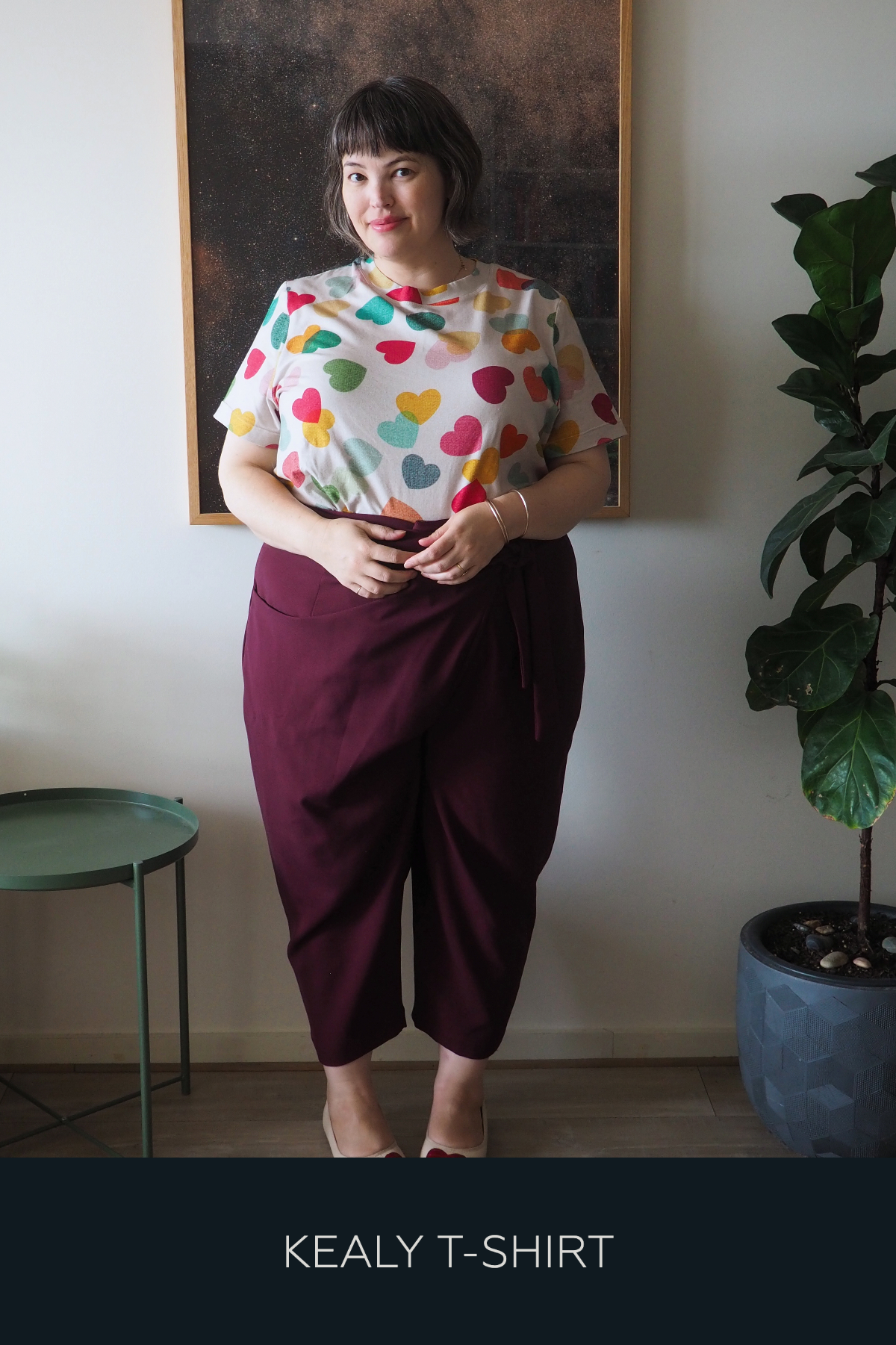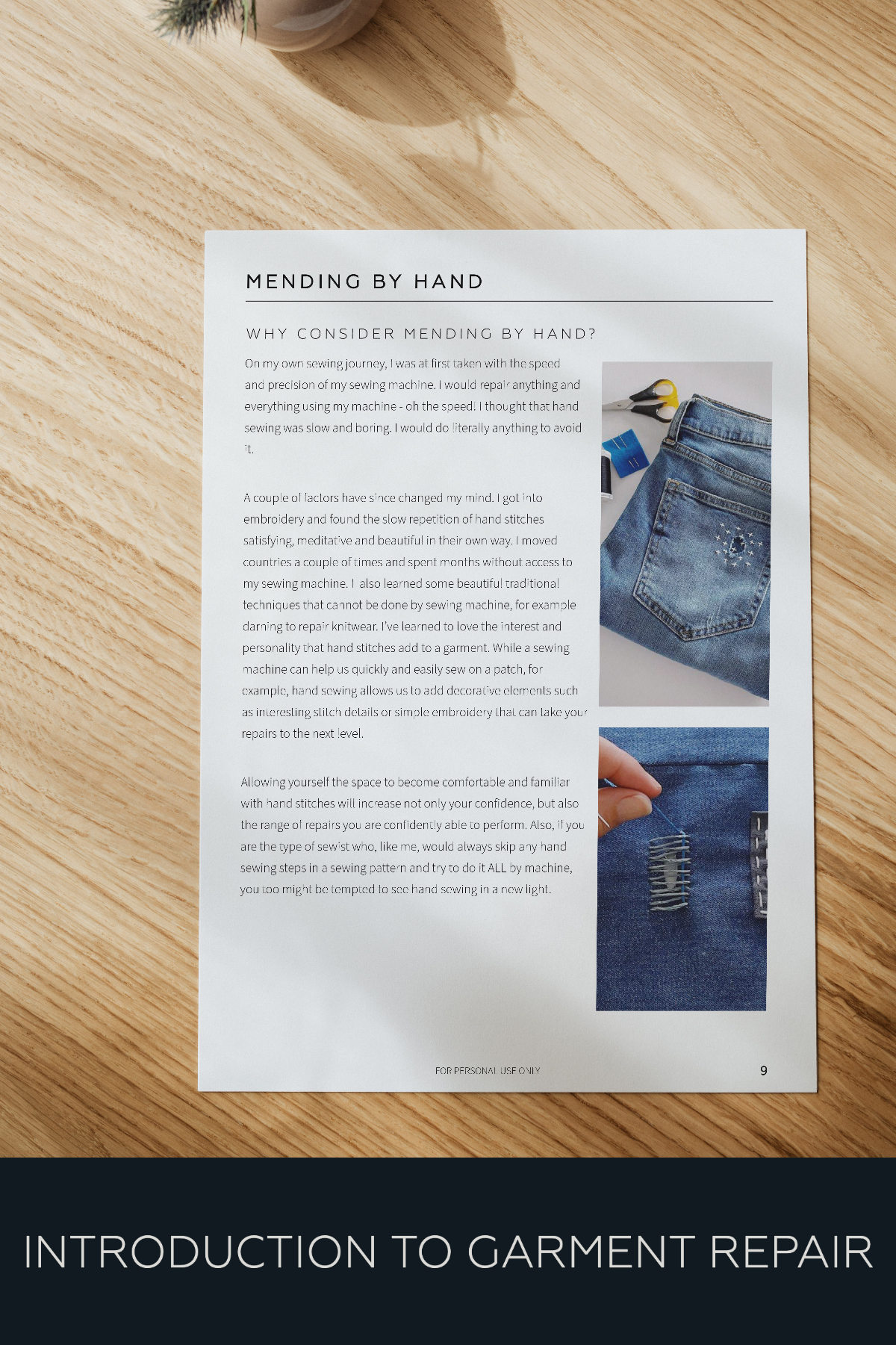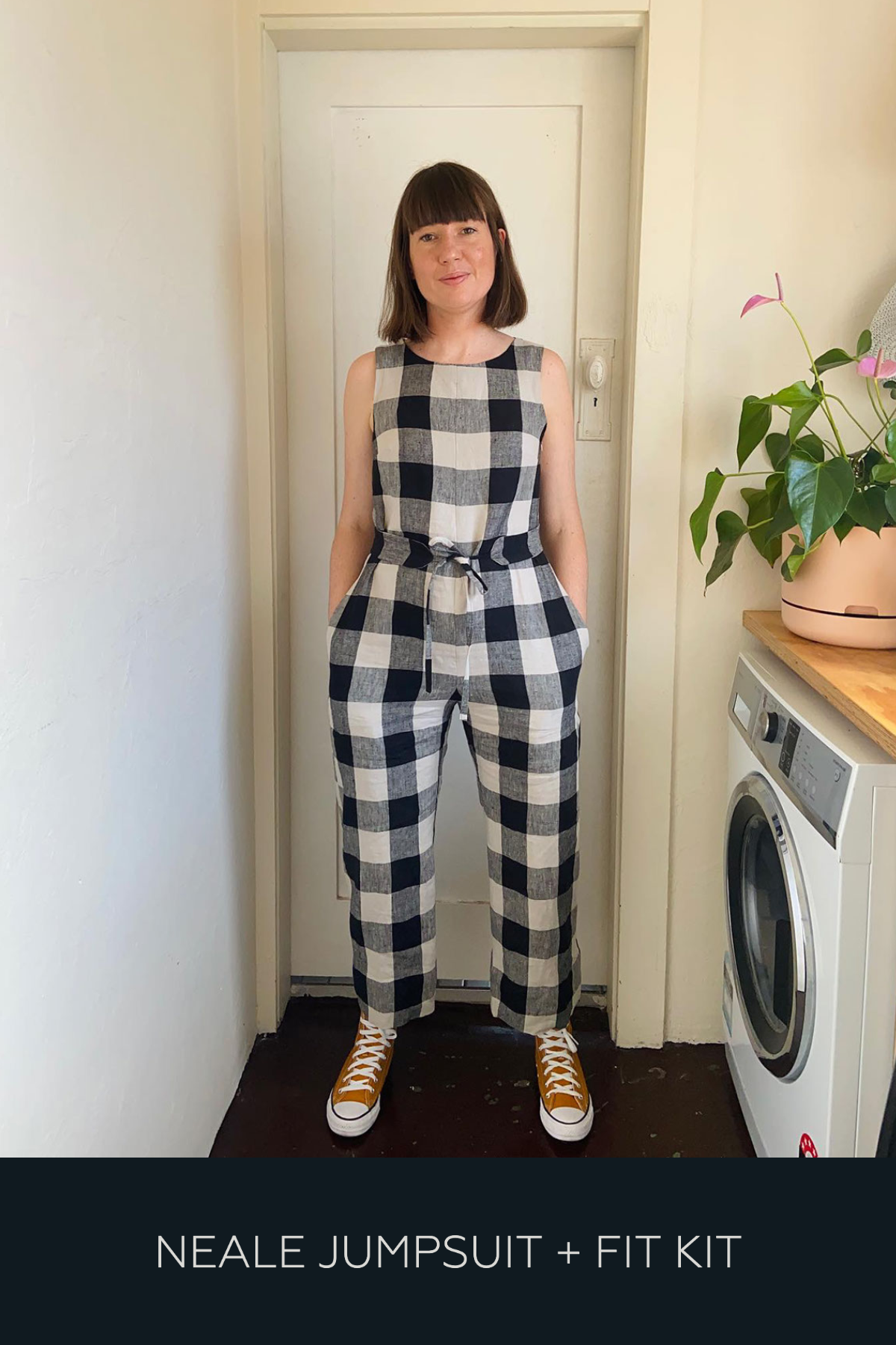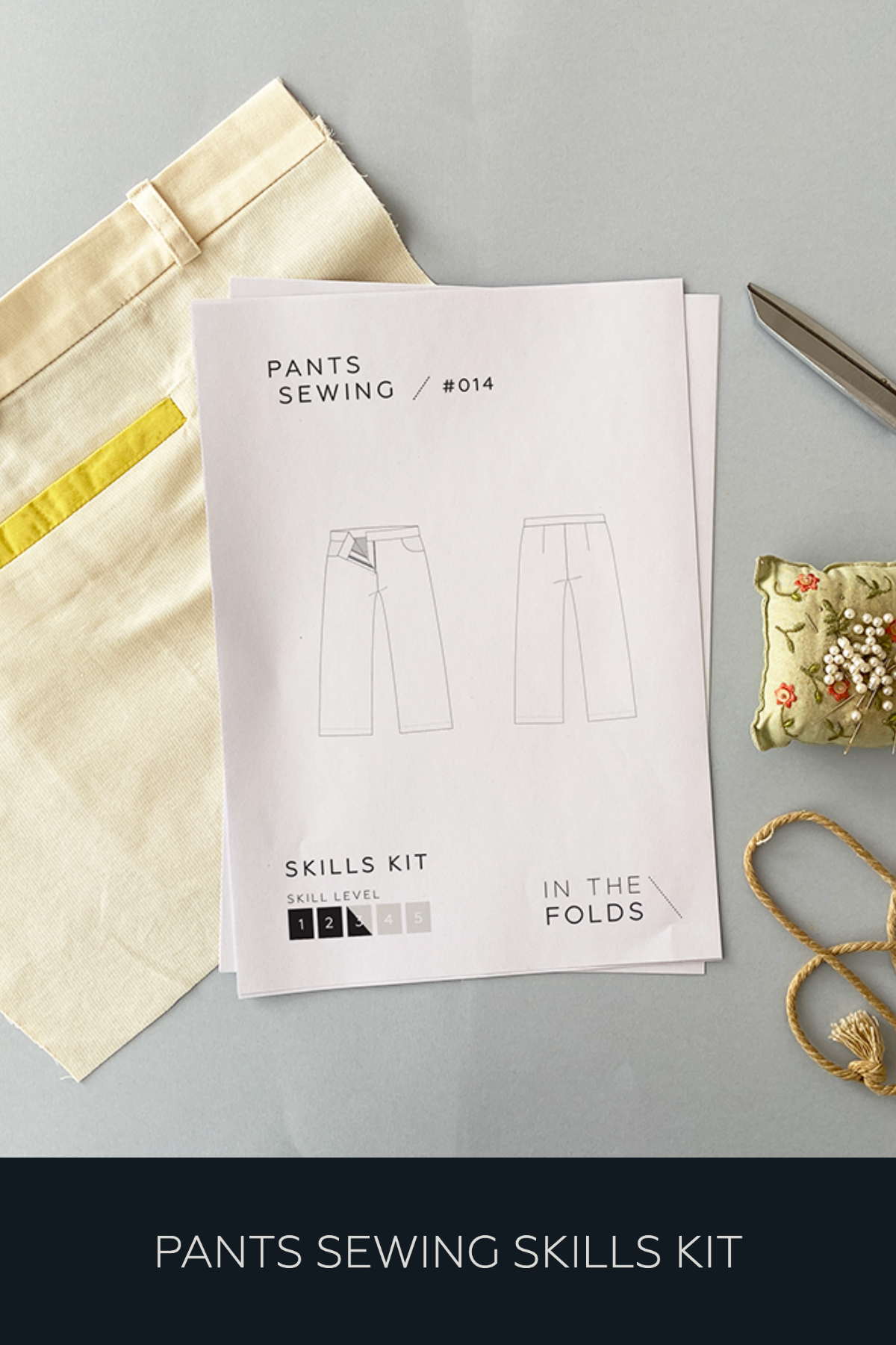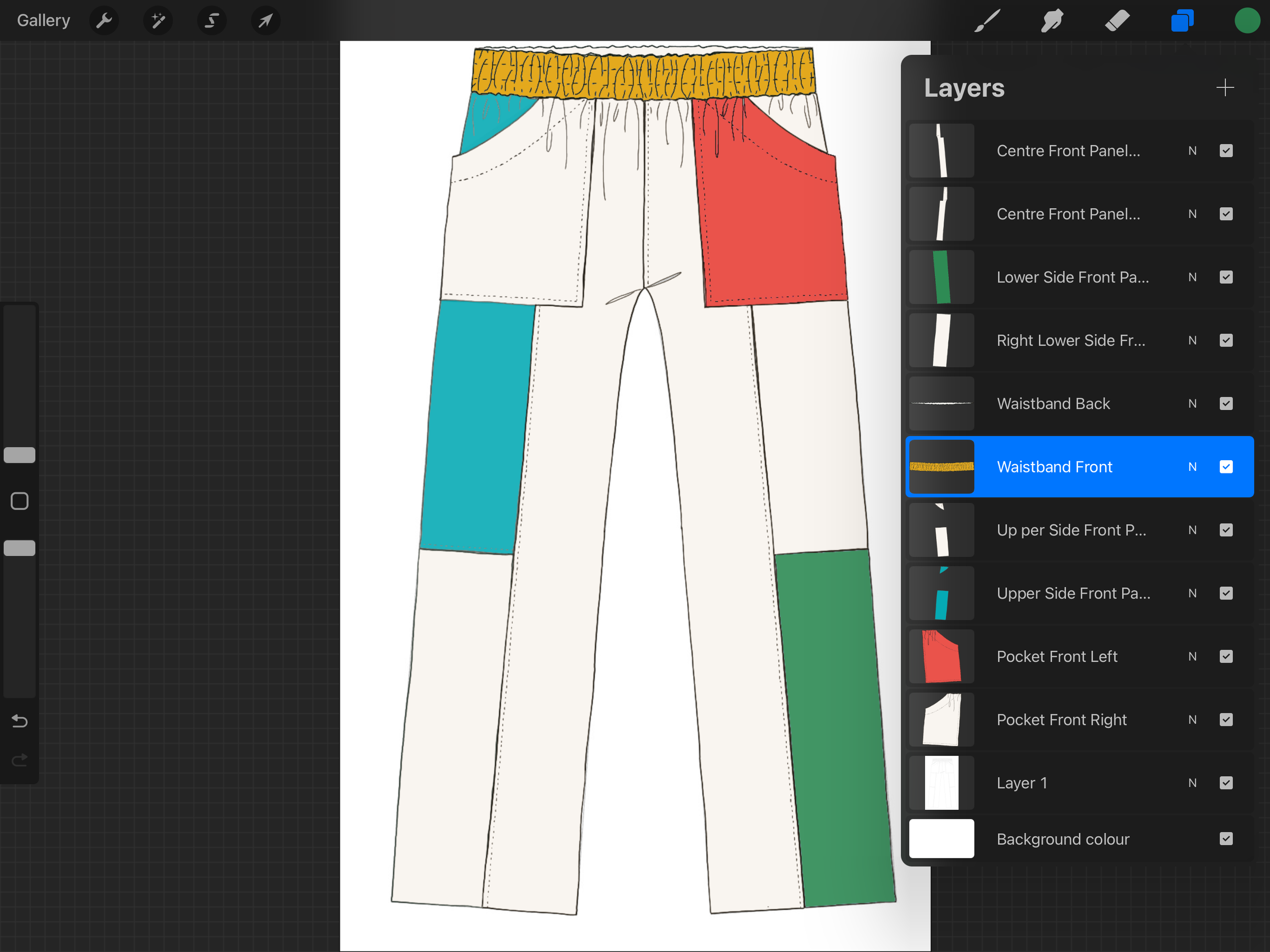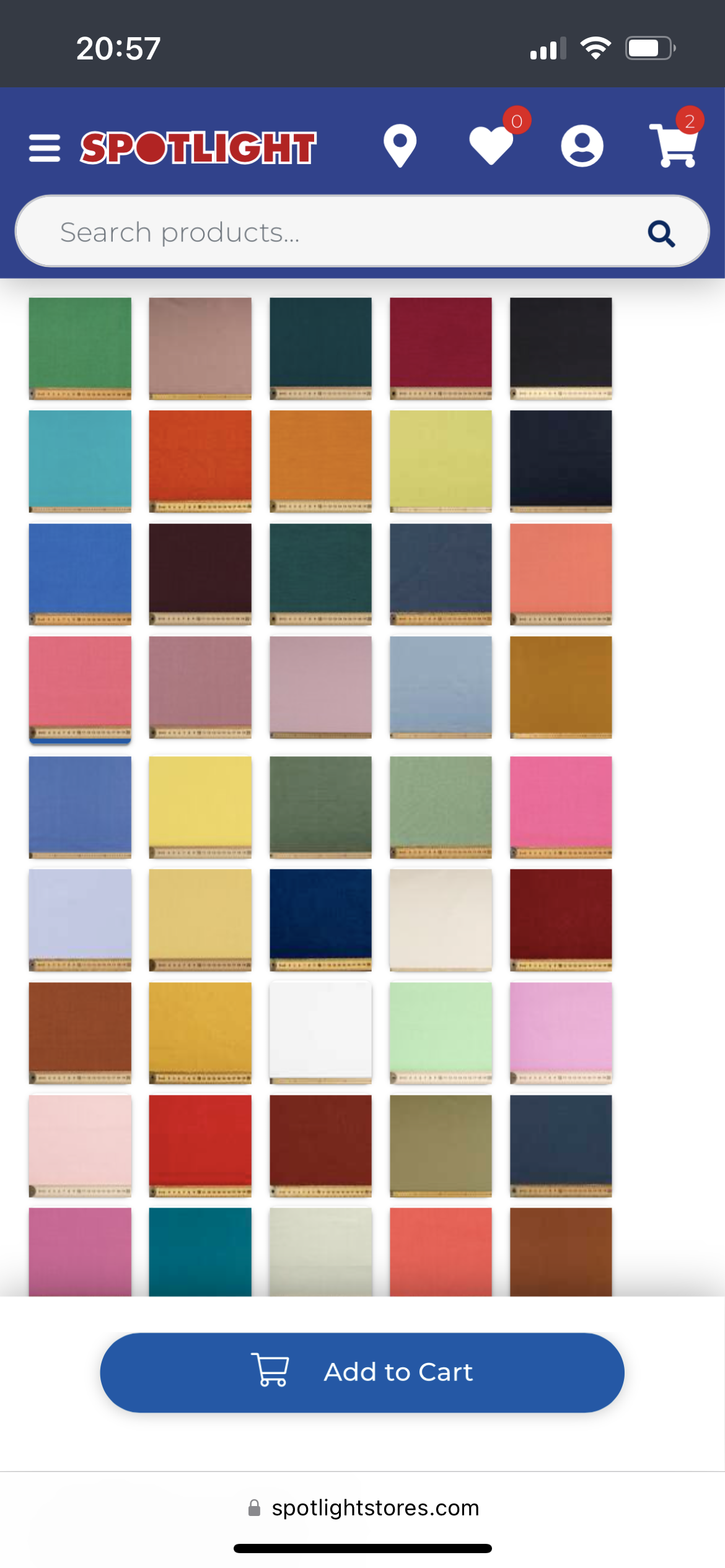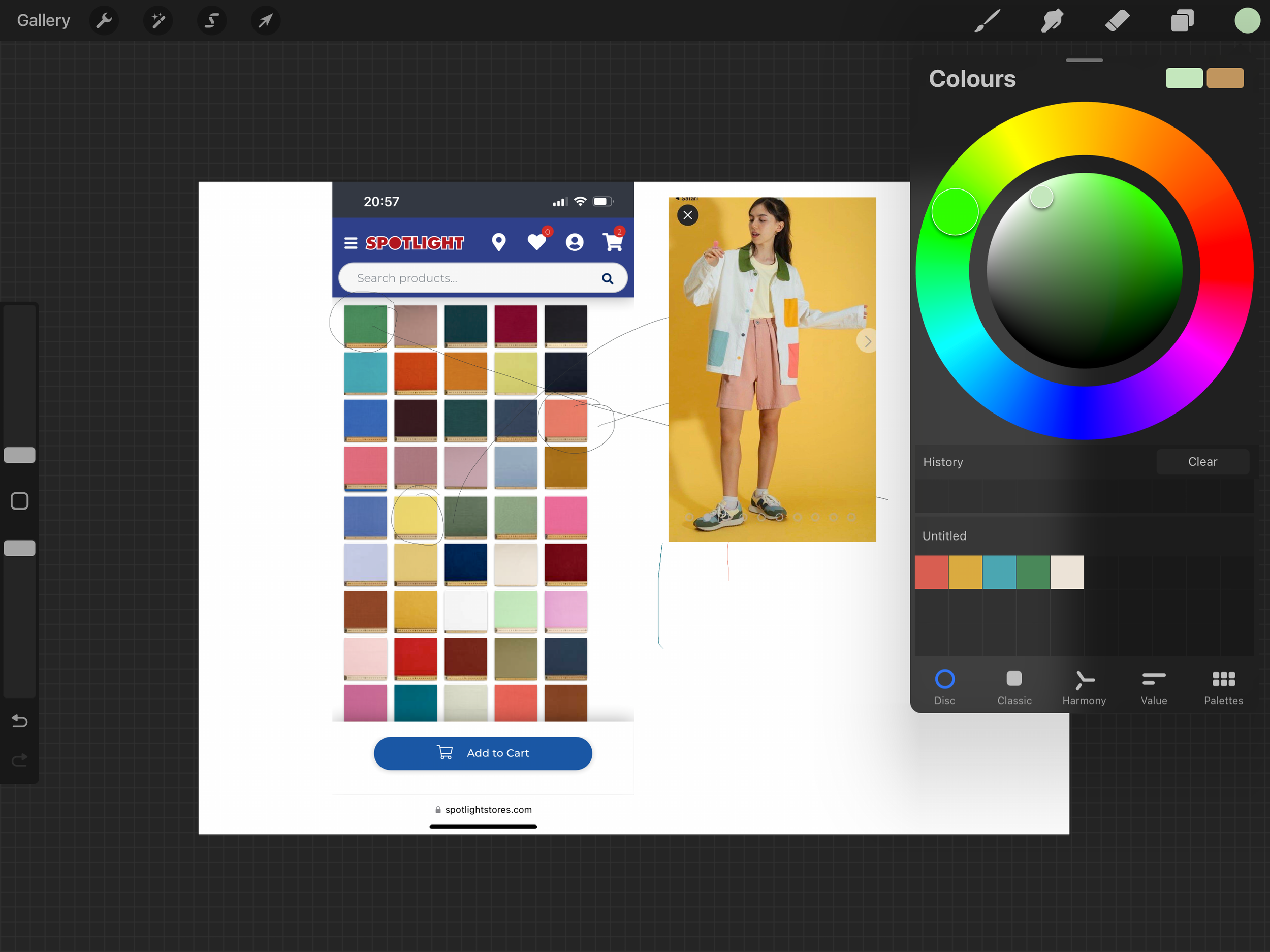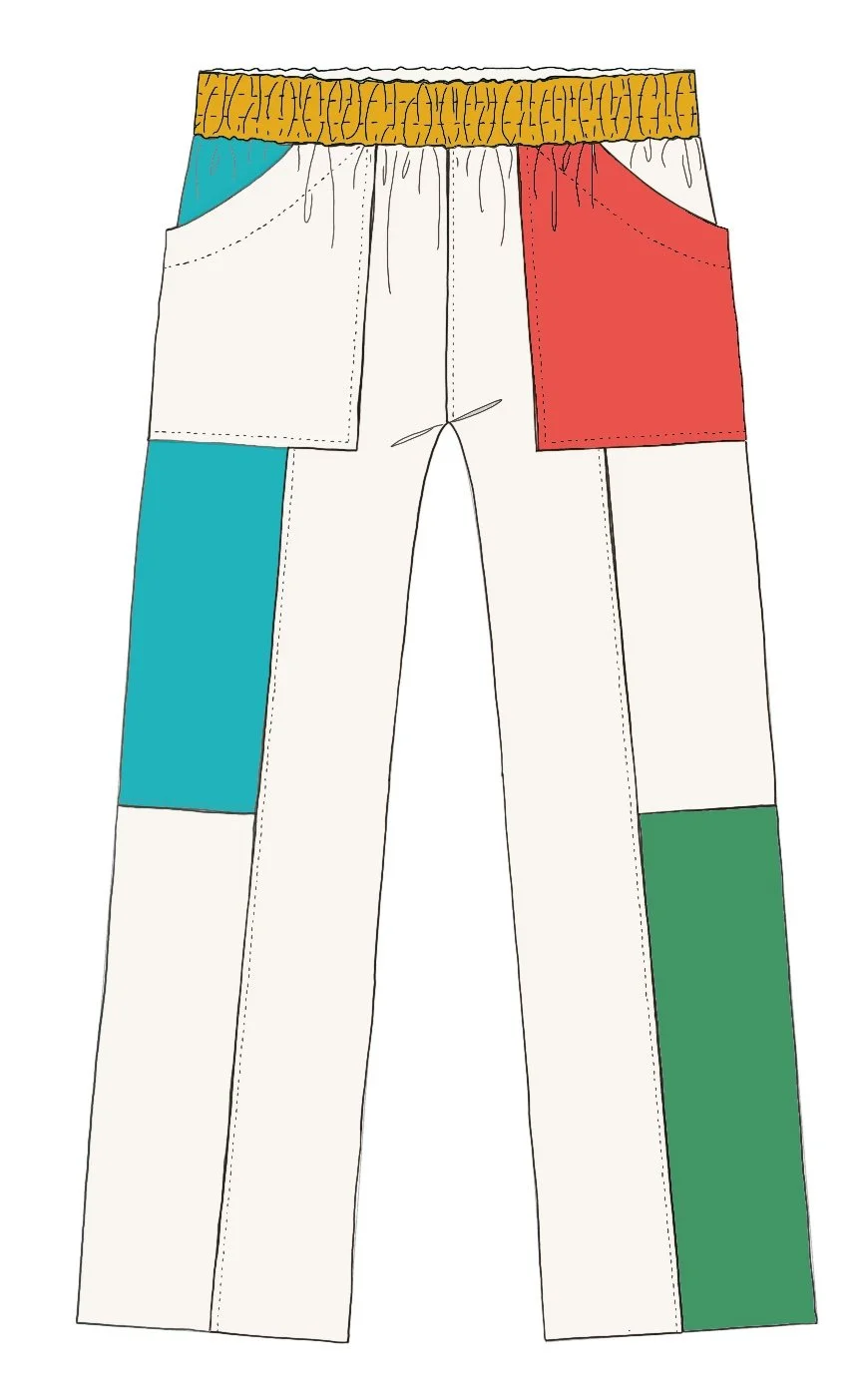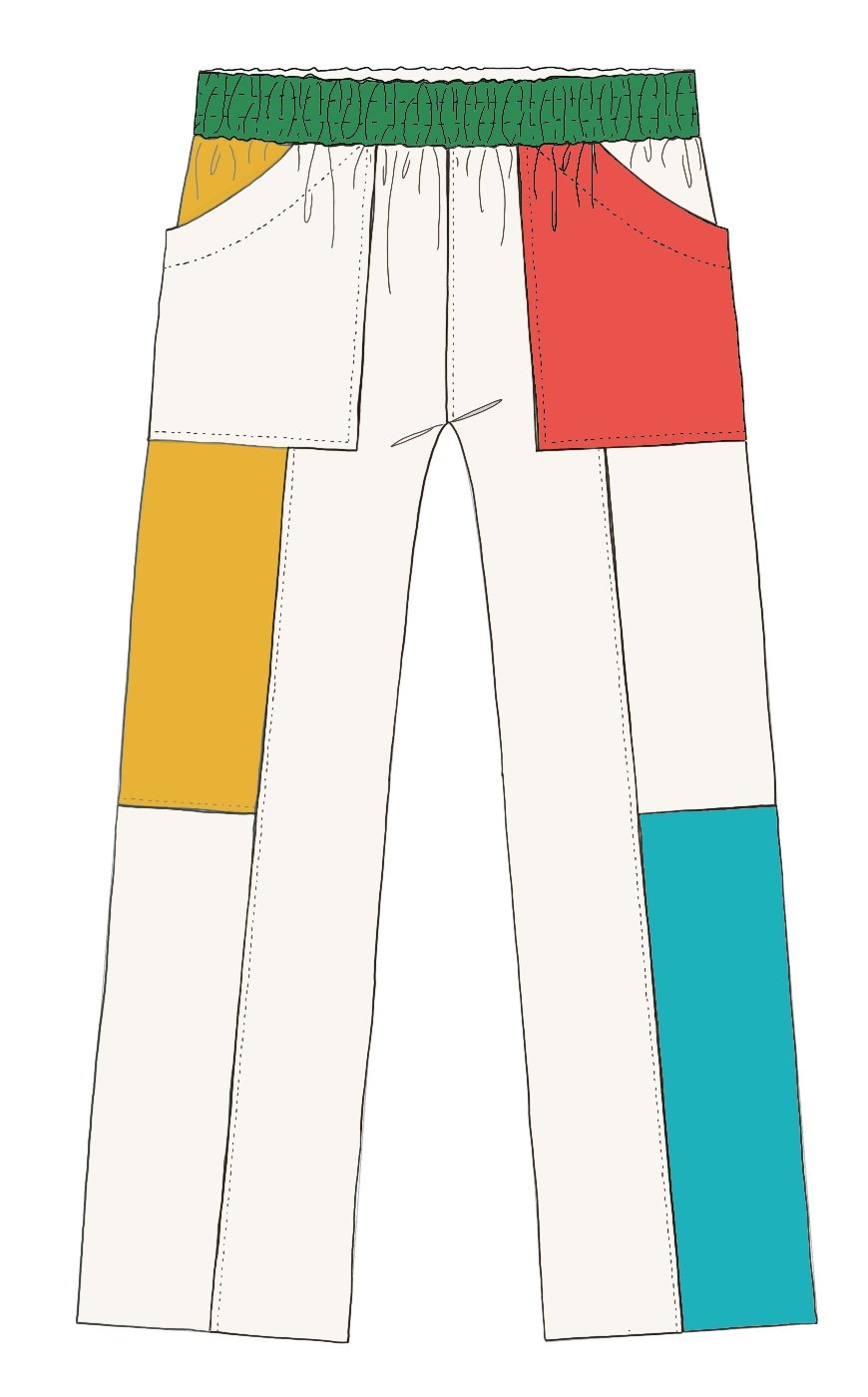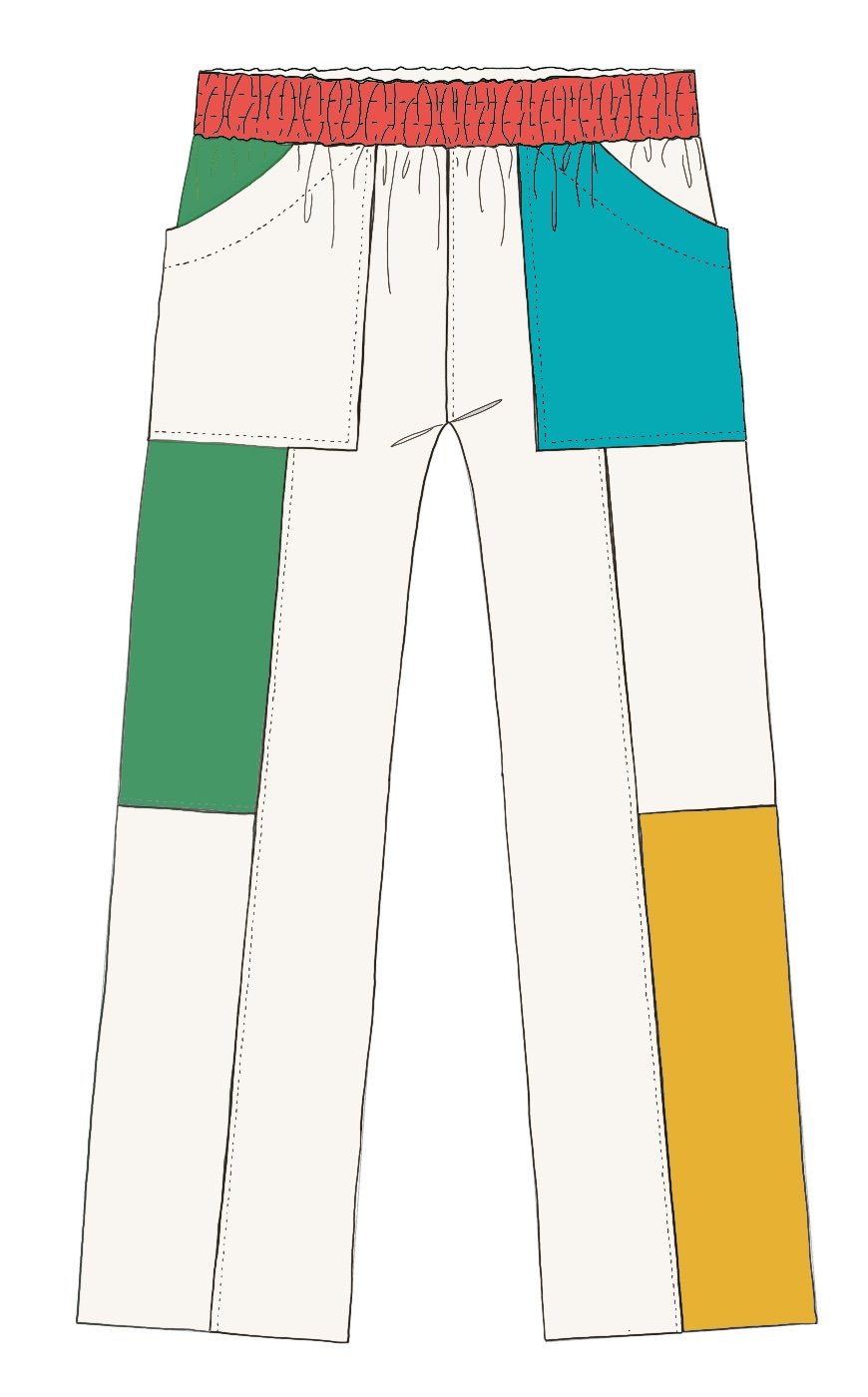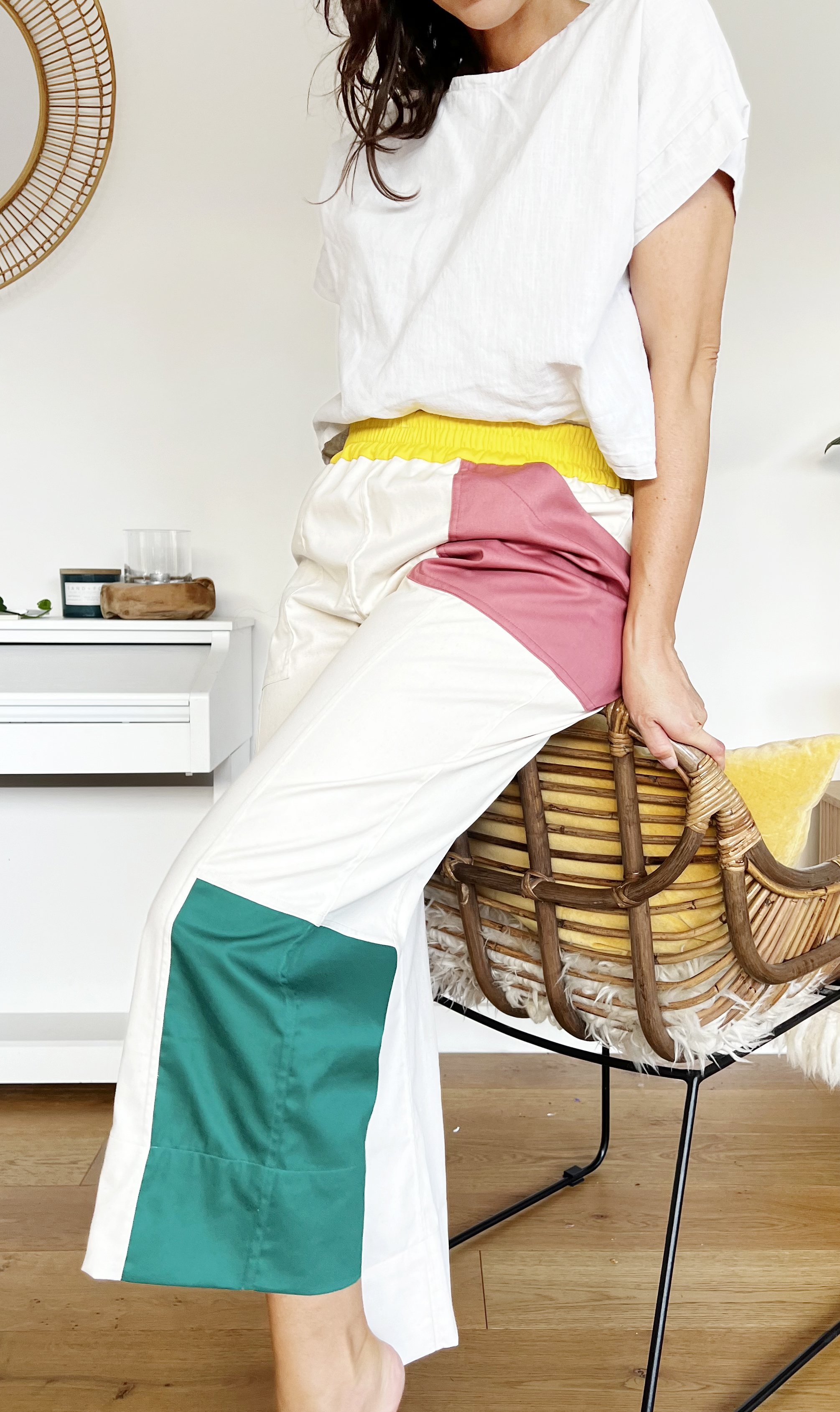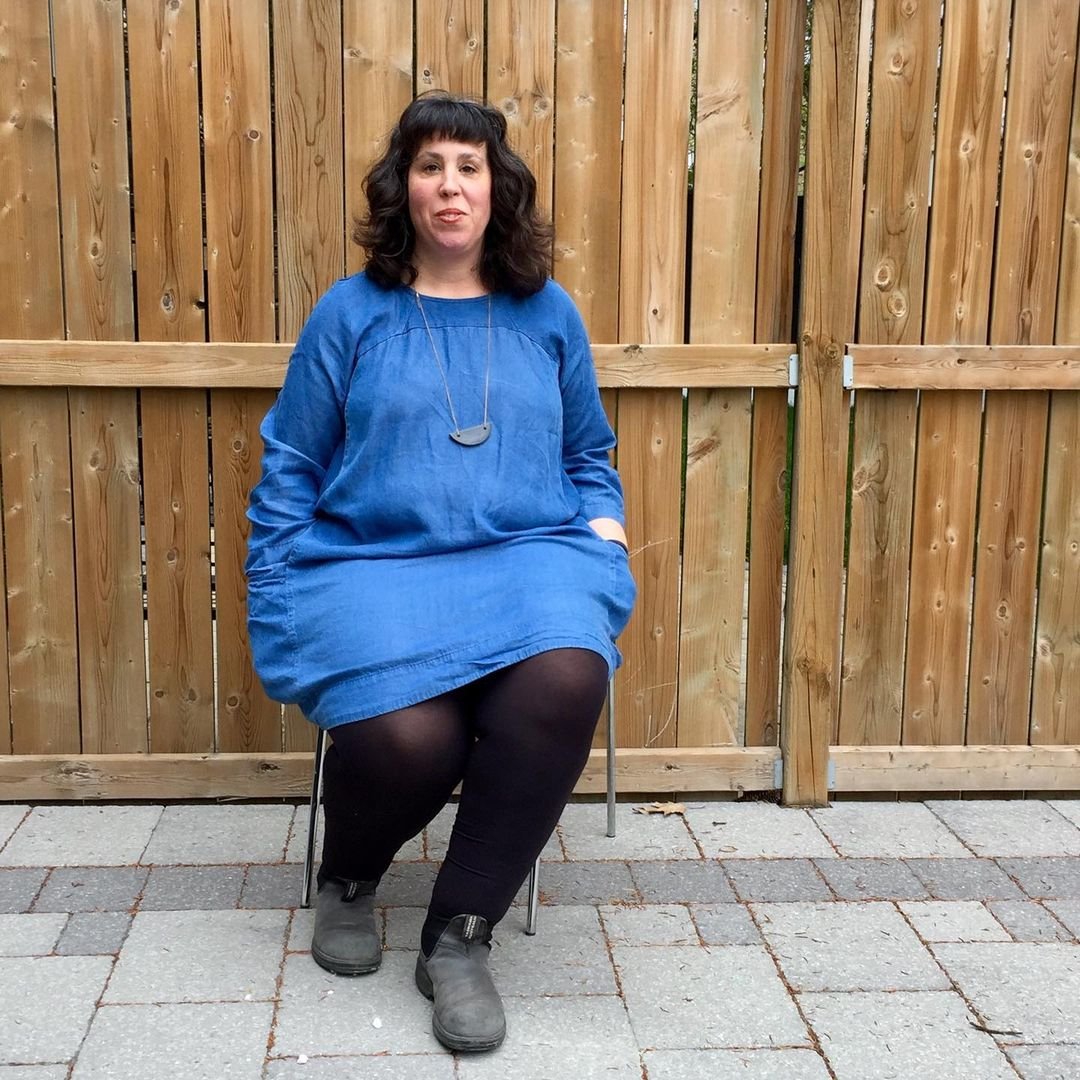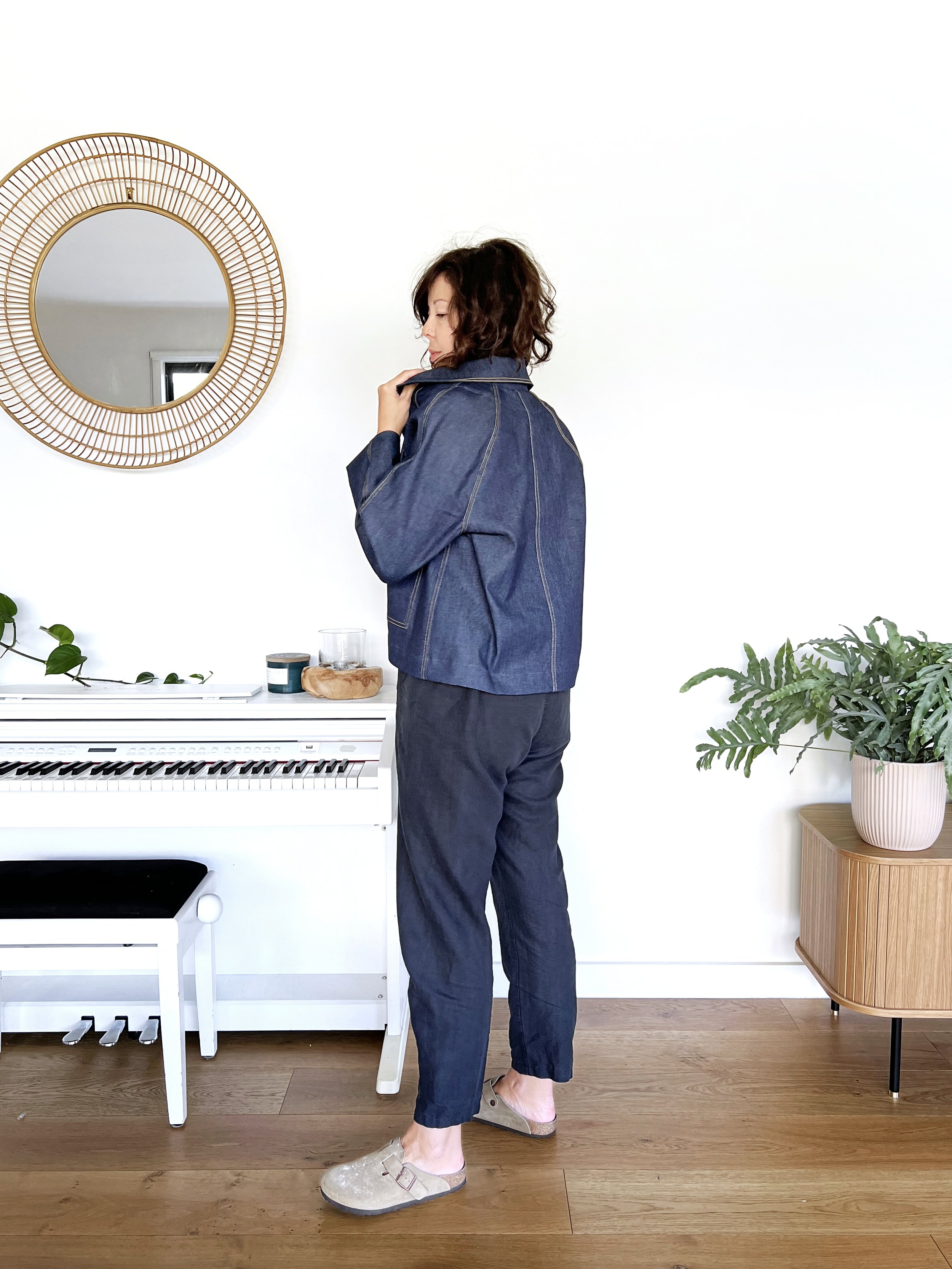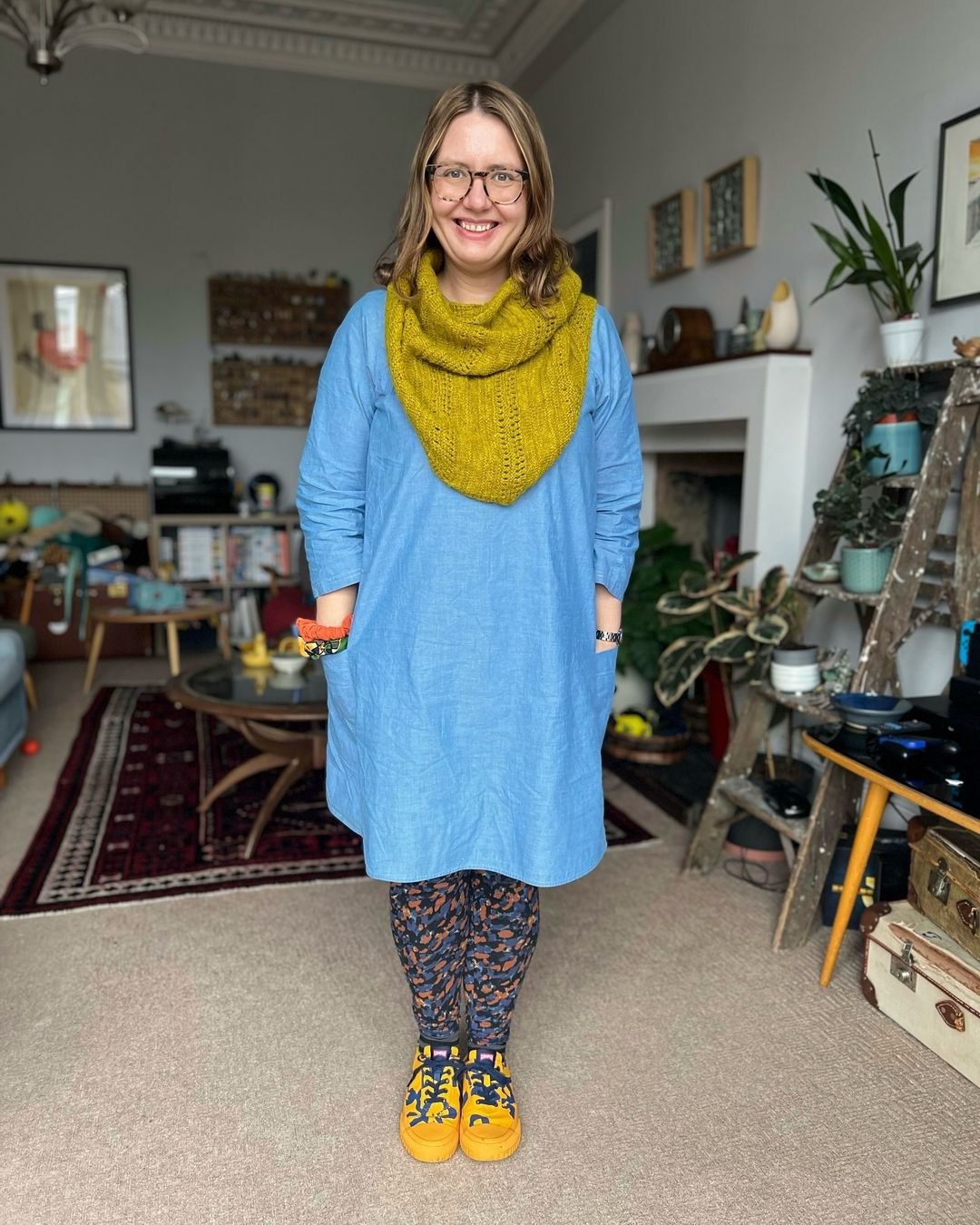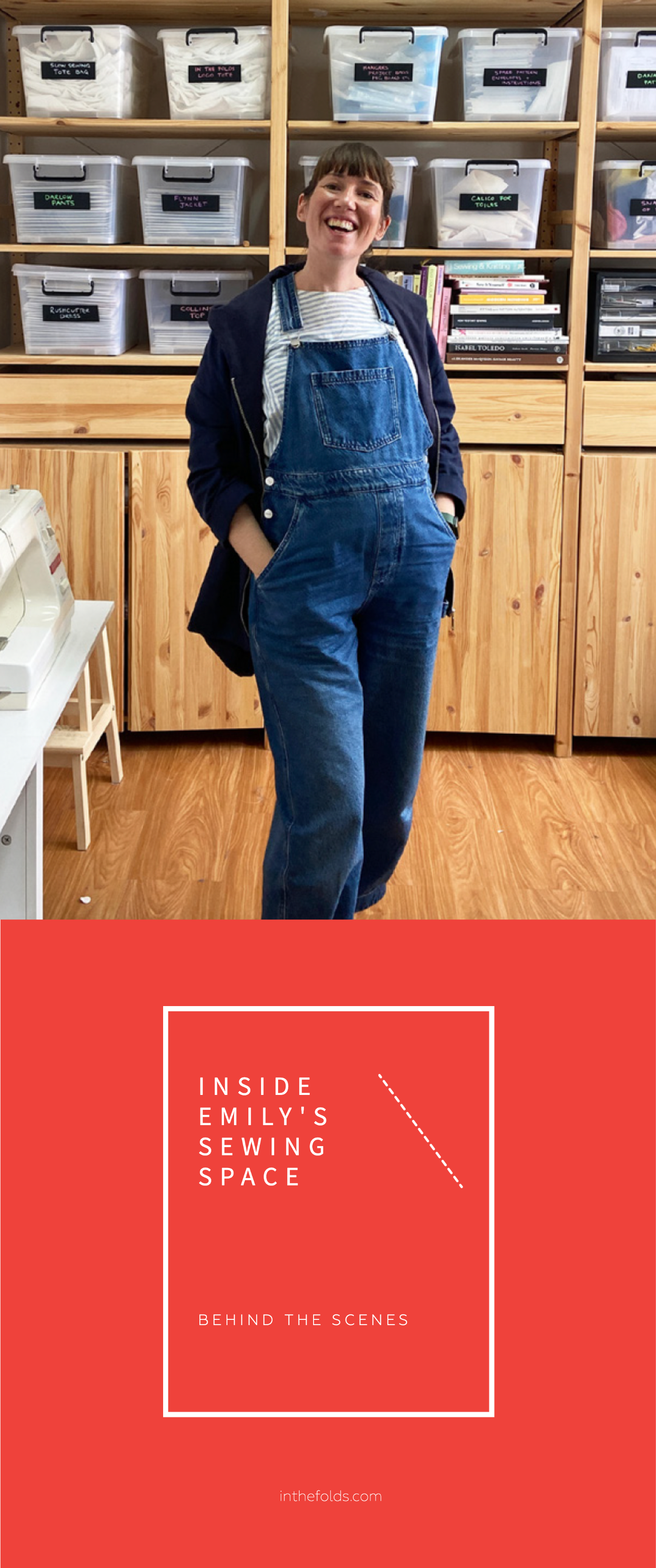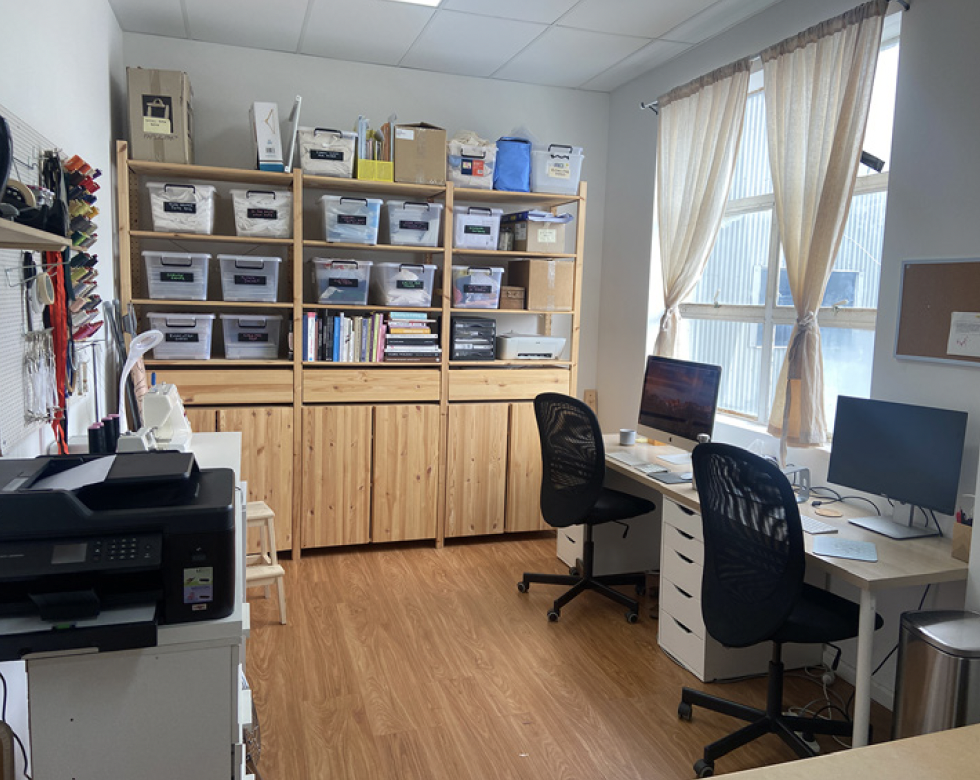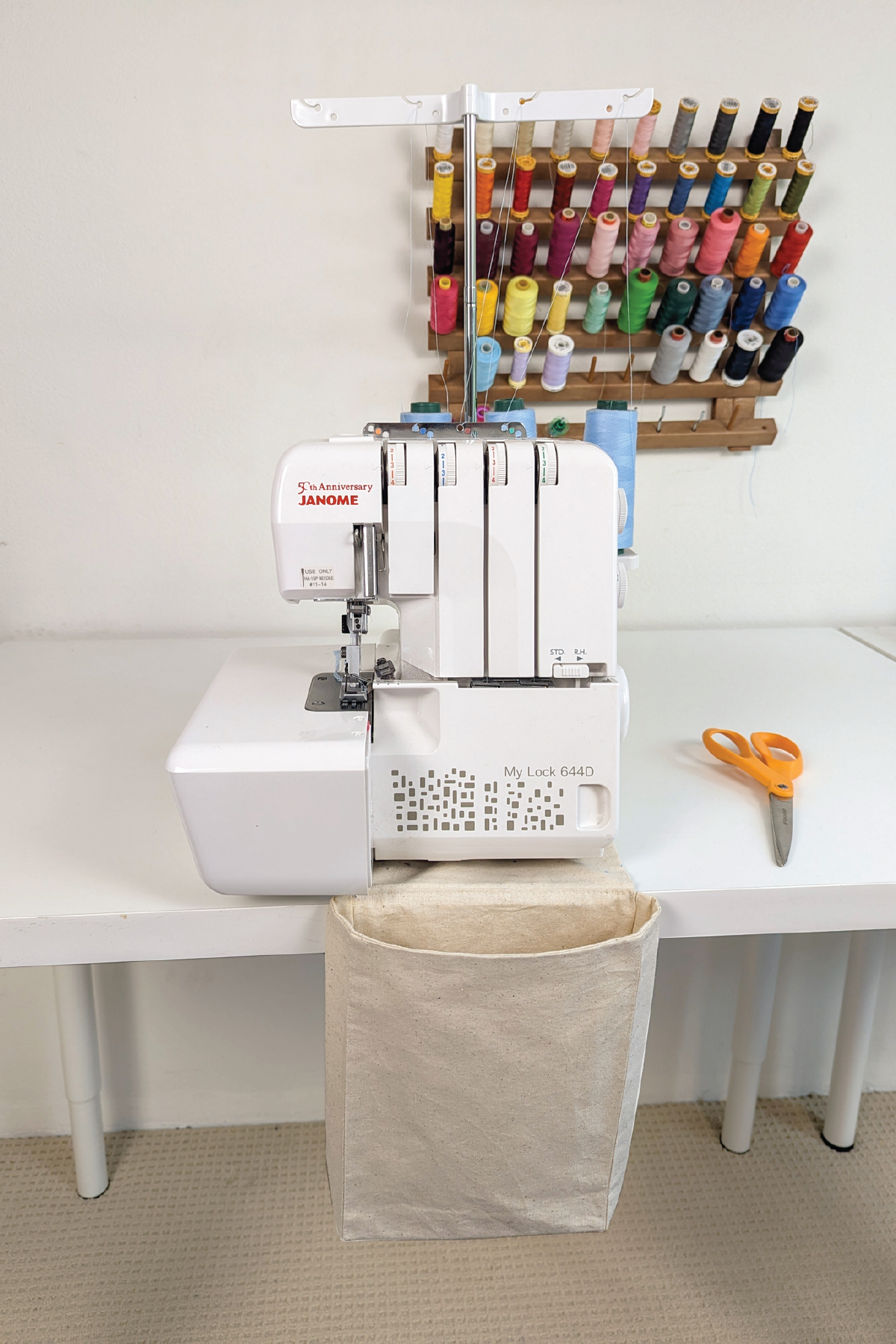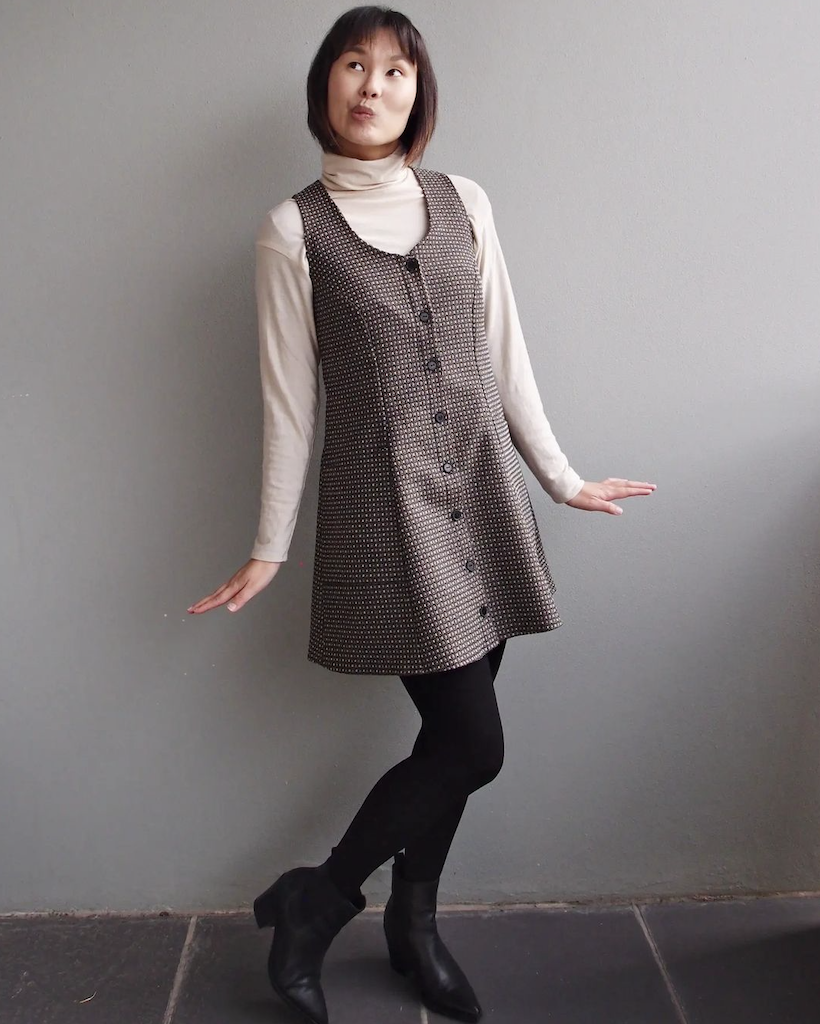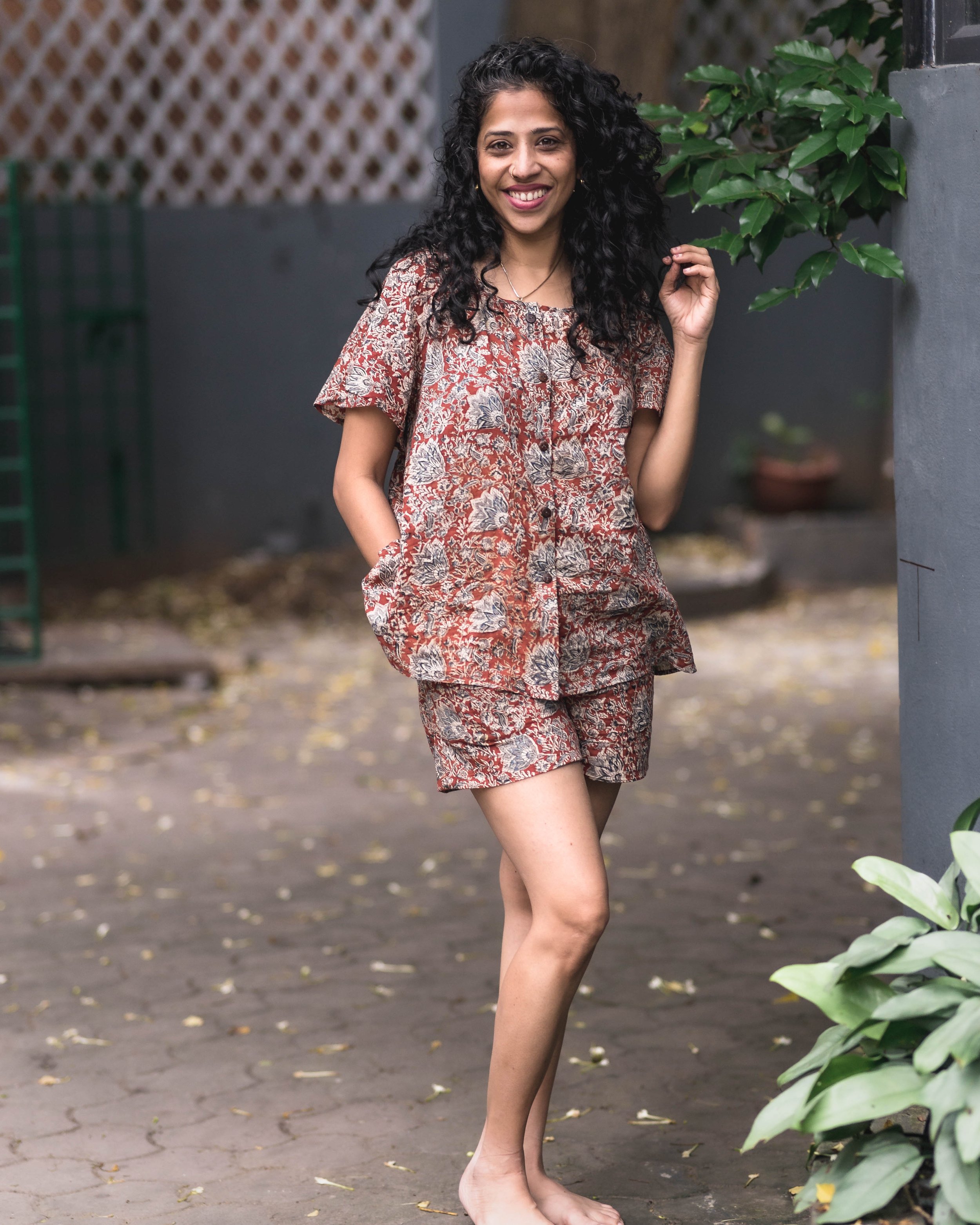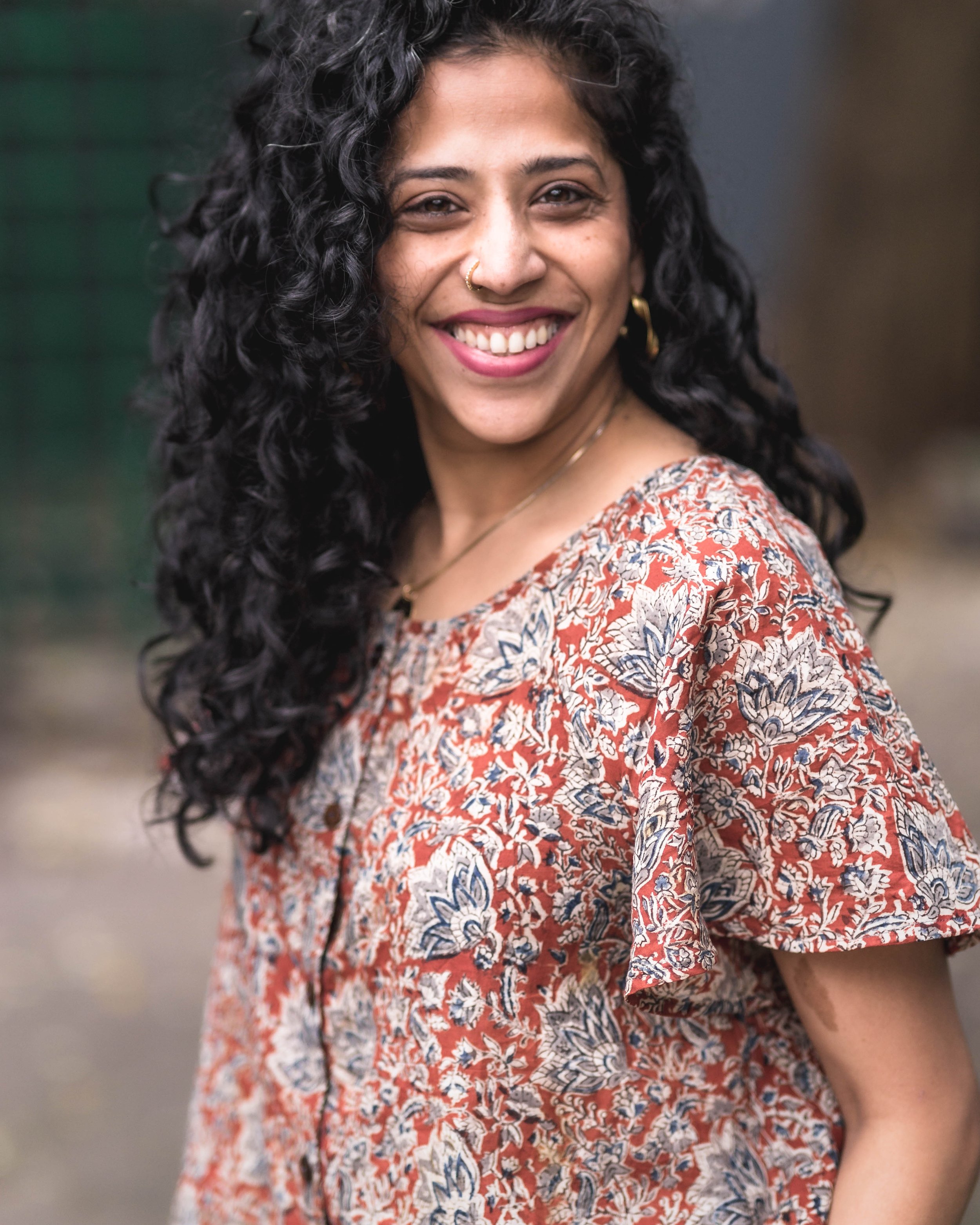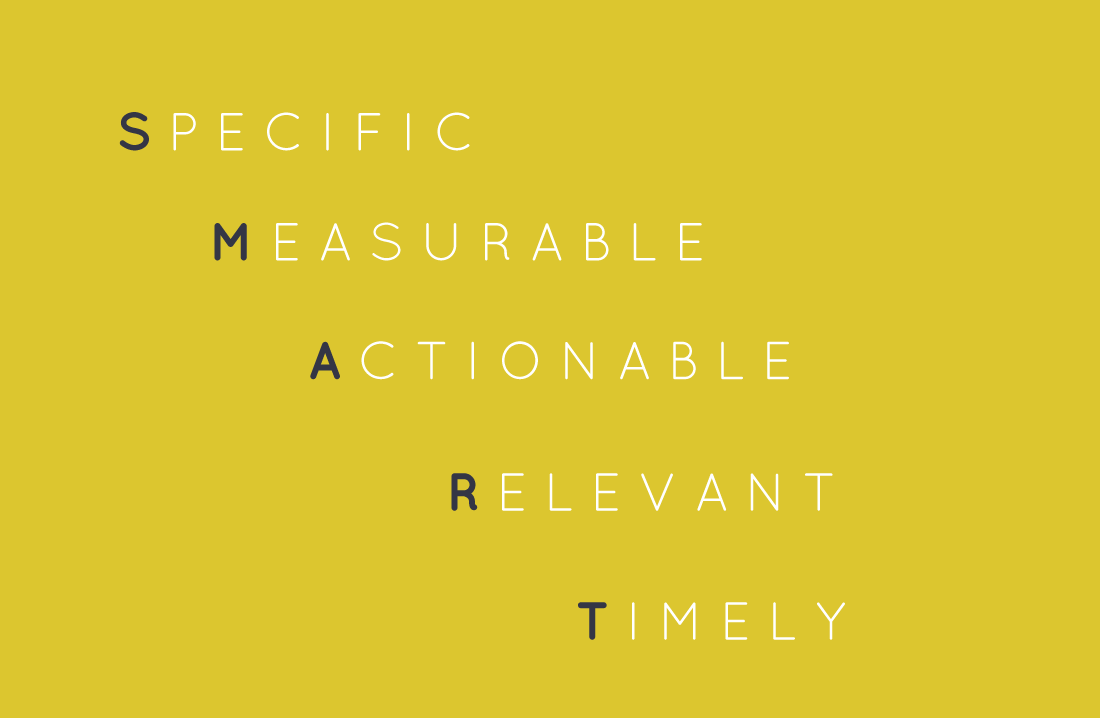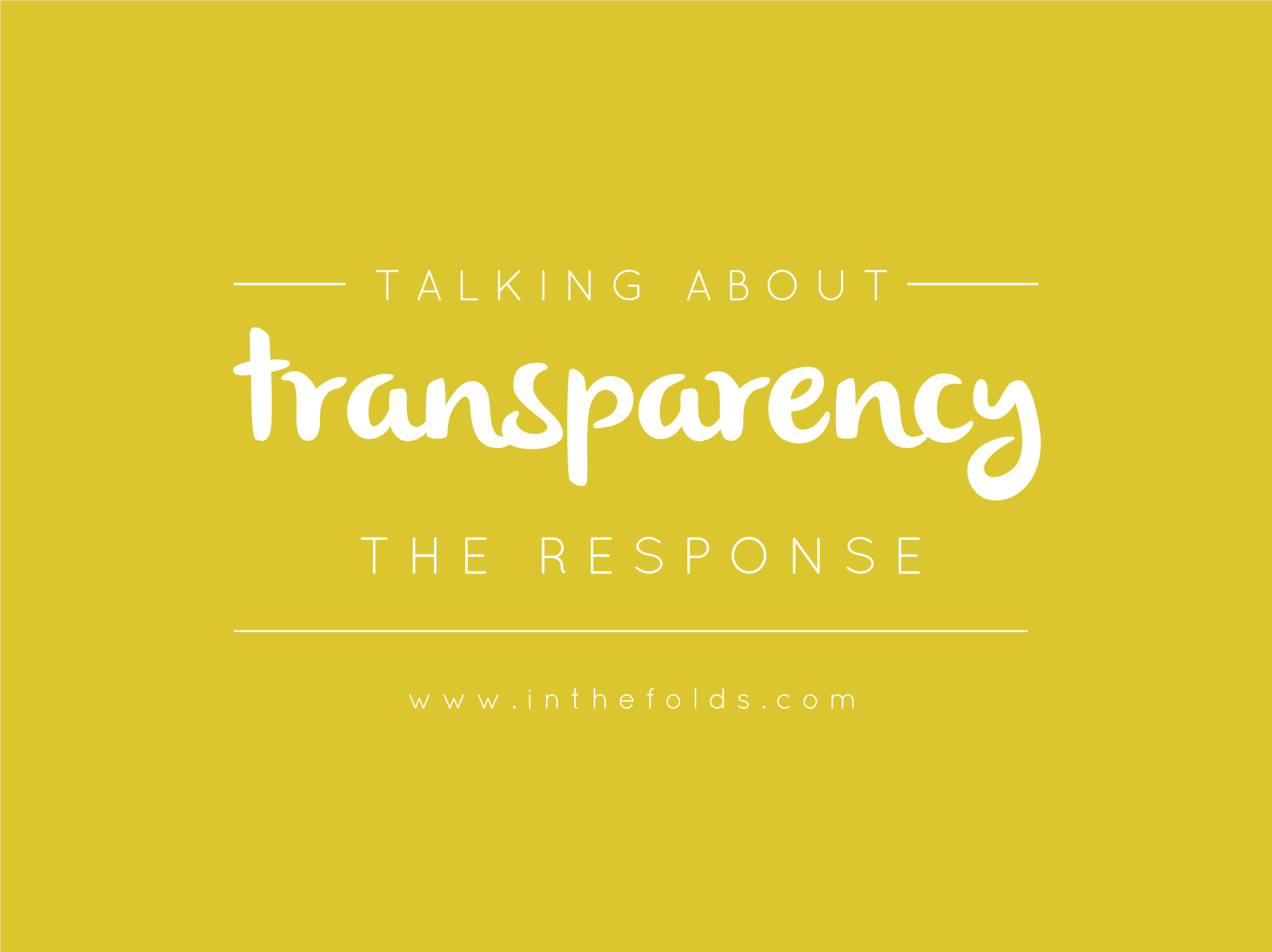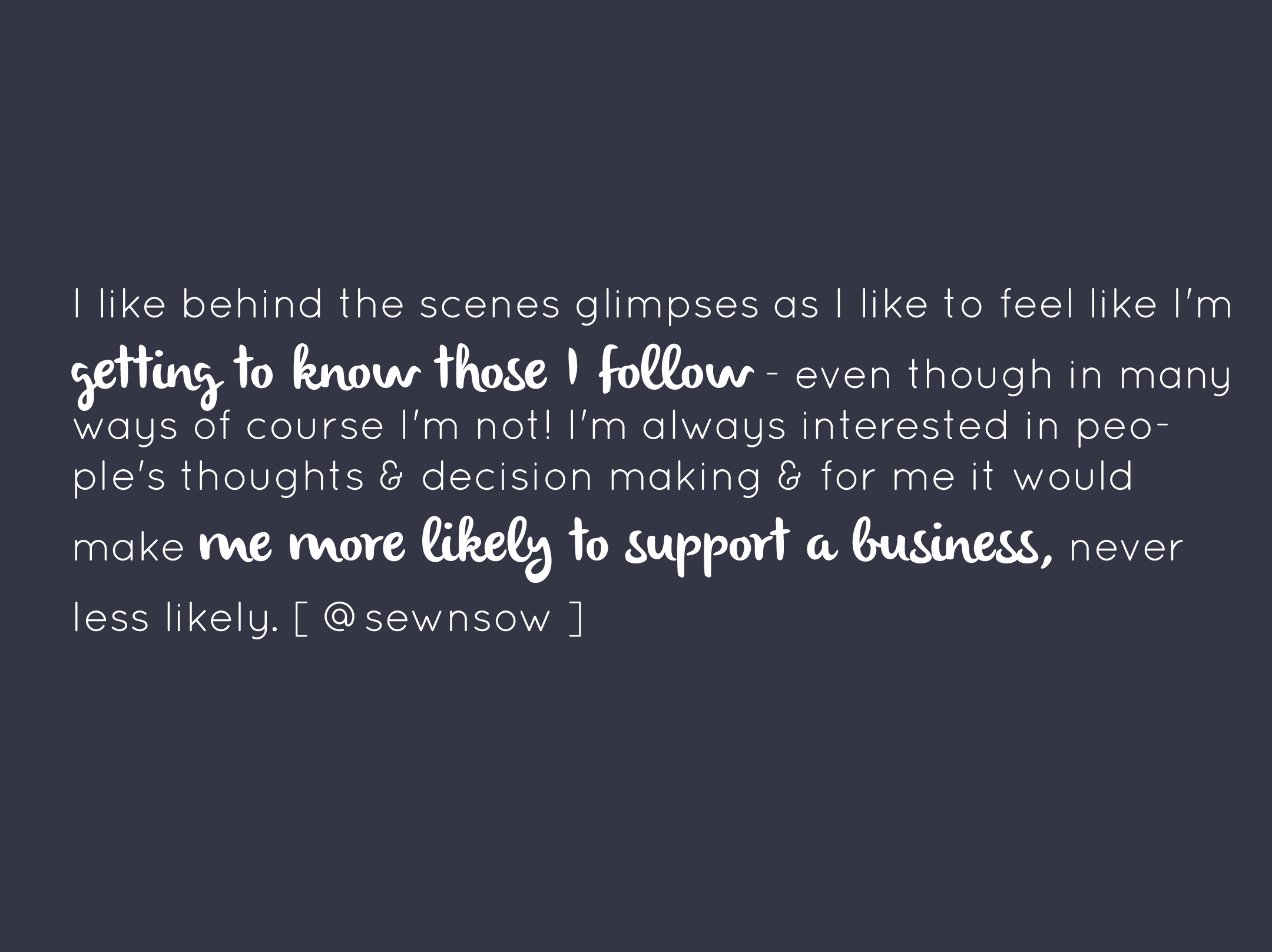Have you ever peeked inside someone else’s sewing kit?
It’s kind of like a window into another person’s creative soul. No two kits are the same, and that’s exactly what makes them so fascinating.
At first glance, a sewing kit might look like a practical jumble of tools, threads, and fabric scraps. But dig a little deeper, and you’ll discover it’s shaped by the person who uses it—their go-to techniques, their favourite fabrics, the patterns they return to again and again.
Whether it’s packed with vintage notions, colour-coded bobbins, or a well-worn pair of snips that just feel right, each kit tells a story of experience, experimentation, and personal style.
In this behind-the-scenes peek, Emily opens up her sewing kit to share what’s inside. From must-haves to little quirks, here’s what she reveals!
What’s inside Emily’s sewing kit
The contents of Emily’s sewing kit is very much geared towards teaching sewing at university and working in her sewing pattern design studio.
In order for her to do what these tasks require, here’s what she always has to hand through her trusty sewing tool kit:
snips, on a lanyard or ribbon so she can wear it when she’s working
scissors (paper AND fabric)
unpicker, which may not get used that much, but is good to have to hand
machine tweezers
curve measuring wheel
tape measure
small clear ruler
seam gauge
eraser
Pacer pencil + leads
spool of thread
tracing wheel
corner turner
silicon tip tool
clear "magic" tape
notcher
pin cushion
post-its
chalk liner
markers and pens
stiletto / awl is supposed to be in there!
We also shared a reel on Instagram where she talks through the contents of her kit. You can watch it here.
If you’re not drafting or designing sewing patterns like Emily is, you may find that this version of a sewing toolkit doesn’t meet your specific needs.
So, how do you figure out what your sewing toolkit should include?
HOW TO PUT YOUR own SEWING TOOLKIT TOGETHER
Most sewing kits don’t come together overnight. It takes time (and a few trial-and-error purchases) to figure out which tools truly deserve a place in your kit.
Some makers swear by a specific chalk pencil or seam ripper, while others discover their ride-or-die tool by accident—usually mid-project, when they reach for the same thing again and again.
For example, Emily has post-its in her sewing kit. This might not be something you will EVER use when sewing, but Emily needs to be able to make notes on the run, and post-its are what works for her.
Experience (which requires time!) plays a big role in figuring this out, but so does curiosity.
You might pick up a tip from a sewing friend, fall in love with a tool recommended in a tutorial, or stumble across something in a haberdashery store that you didn’t know you needed until you used it once.
Building your kit is part of building your skills—and there’s no one “right” way to do it. It will happen as you practice and one day you’ll look down and realise you’ve assembled a complete sewing toolkit that has exactly what you need, when you need it!
Have you already got a tried and true sewing kit that you take with you everywhere? We’d love to hear what it includes!














































